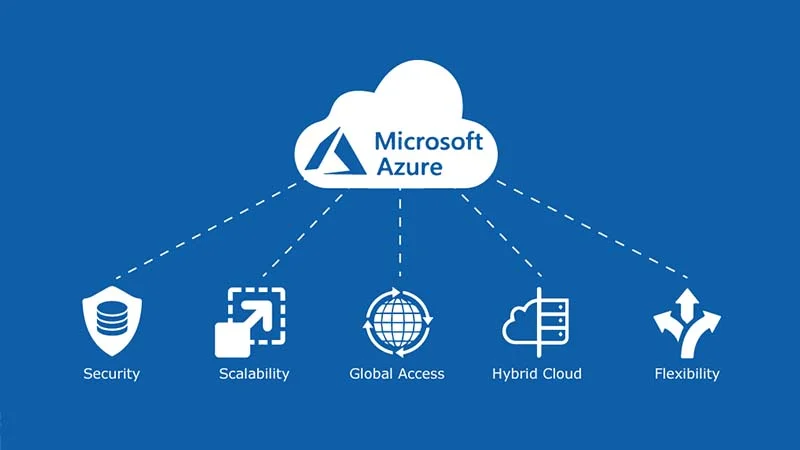Our Trainings
- DevOps
- AWS
- Azure

Azure Monitoring Service Introduction Key Capabilities Monitoring Data Platform Log Data Data Types Azure Advisor Azure Advisor Activity Log Event Categories Azure Alerts Log Analytics Network Watcher Introduction Network Watcher Connection Monitor Network Watcher Topology Network Watcher IP Flow Verify Network Watcher Connection Troubleshoot
Welcome to Tanvisol, a leading provider of comprehensive IT solutions and professional training in cutting-edge technologies such as DevOps, AWS, and Azure.
+91 8886886842
support@tanvisol.com, info@tanvisol.com
Location
SRL Colony near Lasya Clinic Kothapet, Hyderabad Telagana 500035 India
Copyrights 2025@Tanvisol.All Rights Reserved
WhatsApp us